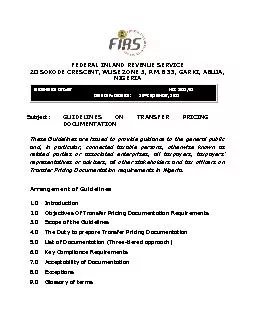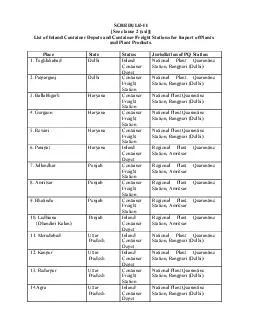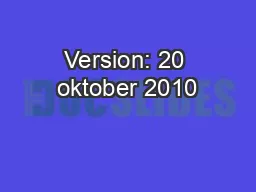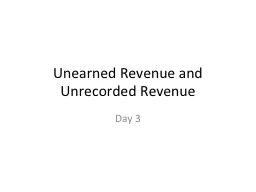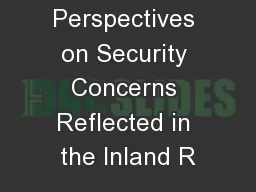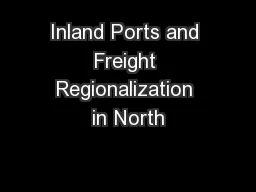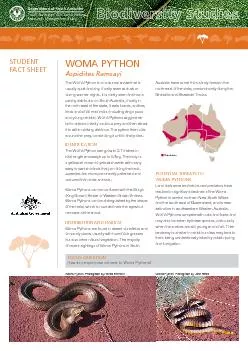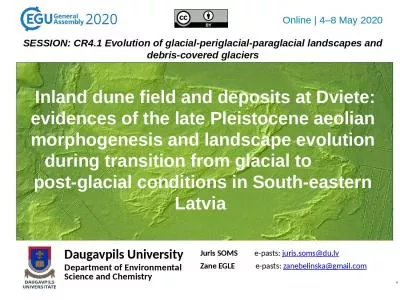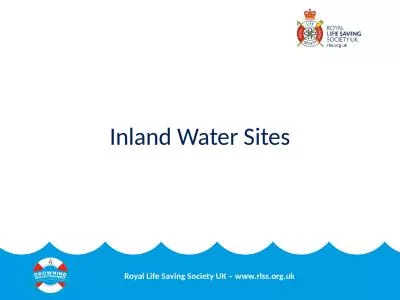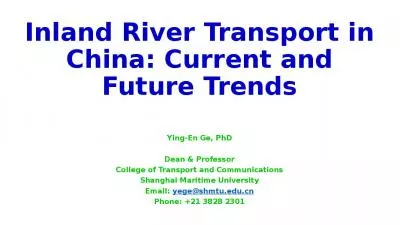PDF-FEDERAL INLAND REVENUE SERVICE
Author : cora | Published Date : 2020-11-23
20 SOKODE CRESCENT WUSE ZONE 5 PMB 33 GARKI ABUJA NIGERIA Subject GUIDELINES ON TRANSFER PRICING DOCUMENTATION These Guidelines are issued to provide guidance to
Presentation Embed Code
Download Presentation
Download Presentation The PPT/PDF document "FEDERAL INLAND REVENUE SERVICE" is the property of its rightful owner. Permission is granted to download and print the materials on this website for personal, non-commercial use only, and to display it on your personal computer provided you do not modify the materials and that you retain all copyright notices contained in the materials. By downloading content from our website, you accept the terms of this agreement.
FEDERAL INLAND REVENUE SERVICE: Transcript
Download Rules Of Document
"FEDERAL INLAND REVENUE SERVICE"The content belongs to its owner. You may download and print it for personal use, without modification, and keep all copyright notices. By downloading, you agree to these terms.
Related Documents

